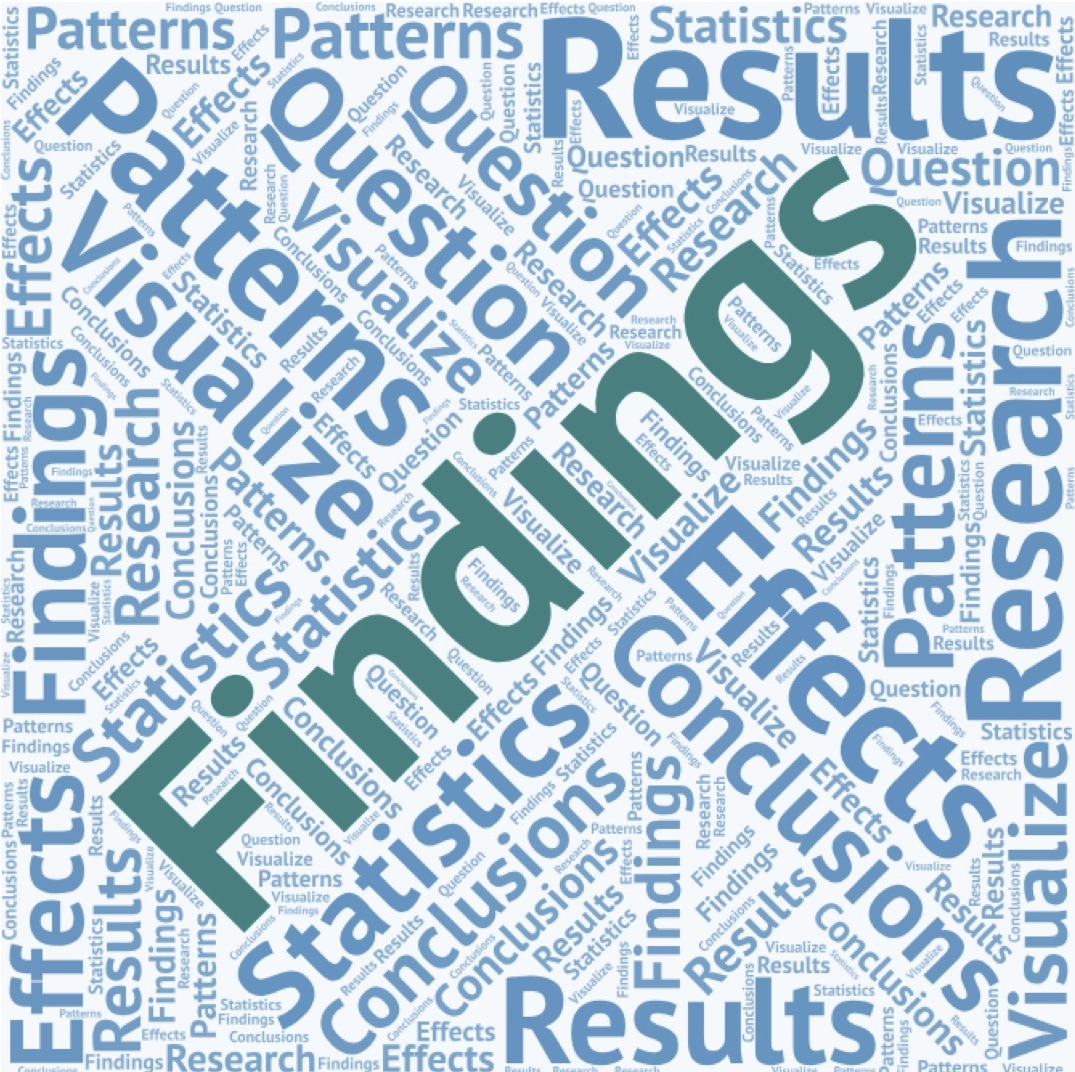Mentor Roadmaps - Making Sense of Findings
Look at All the Findings in Context

Making sense of science is something that happens from the initial questions to synthesizing findings, all throughout a study. Scientists constantly cross-check their ideas and relate results as they accumulate to the theoretical framework of their study.
This practice can be encouraged for students all throughout a study by the many classroom techniques for student reflection. In addition to concept maps, diagrams, drawings, written descriptions and conversations, teachers of teams you work with might have students make:
Working models: to illustrate how students think something works at particular times during a study.
Story-boards: to illustrate how students’ ideas connect and change.
As students complete their data collection, making sense takes on particular prominence. But synthesizing understandings based on findings doesn’t come easily to students. As one Science teacher remarked: “My students have struggled with using the data to support their arguments. They are continually trying to make arguments based upon what they think should have happened, not what actually happened according to their data.”
Story-boarding science
This post describes different strategies and approaches to making storyboards.
See the Student Making Sense of Findings and Teacher Making Sense of Findings resources for this stage. See also the Story Board Handout.
Tips for Mentors
Here are a few prompts to help students summarize and explain what they think is going on with their data.
- What were you trying to determine?
- What conditions were you comparing?
- What are the “effects” you are seeing?
- What are all of the possible causes for the effects you saw?
- How does this connect with your working models?
- Do your results change your models in any way? If so, describe how, if you can.
- If there are several possible explanations, provide them and say whether you can tell which are more likely than others.
- How do your data fit with your teammates’ data? Other student teams?
- Does evidence from another team’s experiments further extend or support your explanation?
- Describe very briefly what you would do next (if you had time) to distinguish between possible explanations or pursue your investigation further.